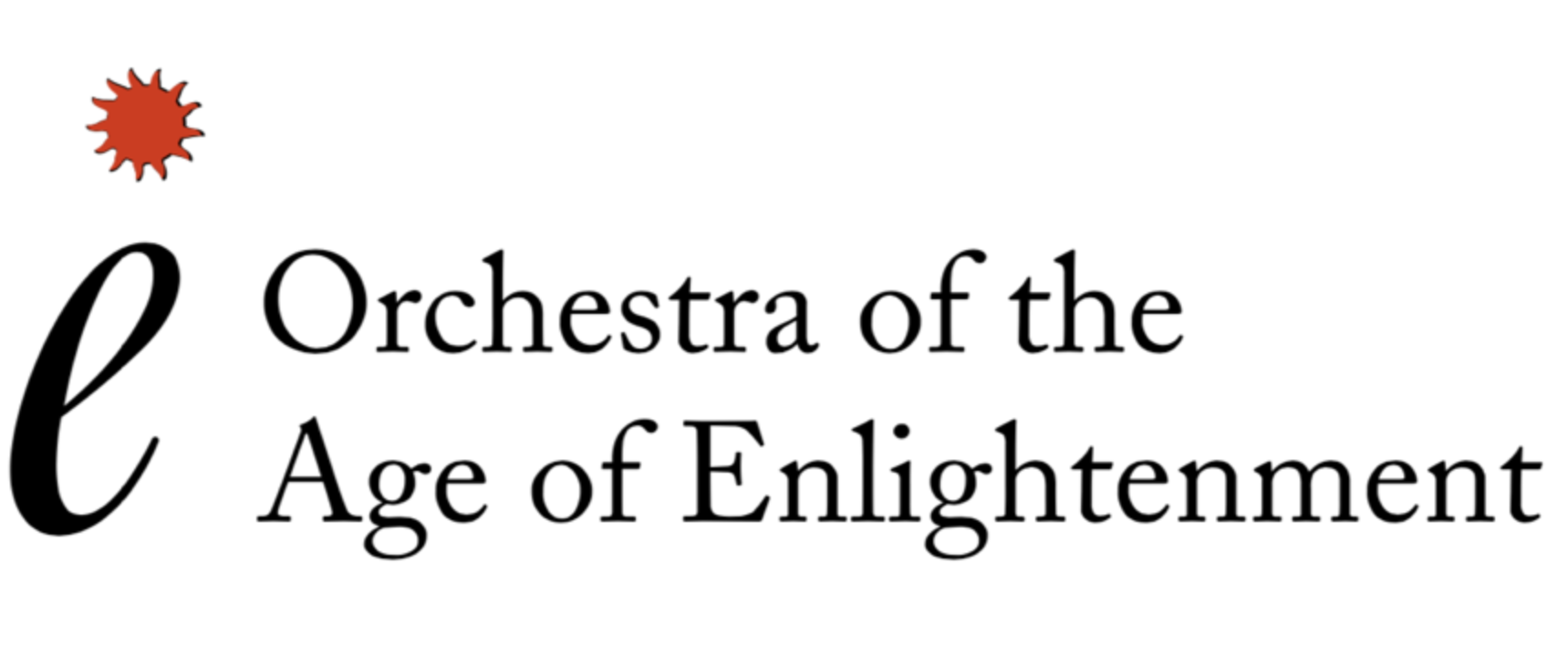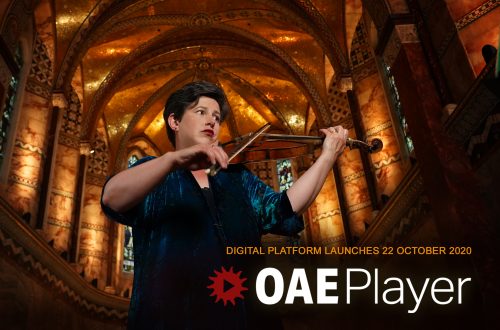The value of digital art is in making it accessible beyond the 7.30pm club 17 September 2020

For all the audience development initiatives and nice words about accessibility, going to see an opera, concert, ballet or theatre show generally remains a club for those lucky enough to be able to get to a venue at 7.30pm. Classical music famously agonises over its young audience problem, but the data backs up that it’s a broader issue. At least students tend to live in cities near venues and often have schedules flexible enough to consider making a 7.30pm performance. But what about young parents, shift workers or disabled people and those with access needs for whom getting to a venue to see a show might be impossible, or at least challenging enough to not want to do it on a regular basis?
When I was OAE’s Director of Marketing, I often discussed with colleagues in other orchestras the grim statistic that, across concert halls in London, more than 50% of people who book for one concert never come back. Other surveys, thankfully, suggested most people weren’t just finding the experience of seeing live classical music a bit rubbish – quite the contrary. But other factors, exacerbated by the particular challenges and precarity of early 21st century living, stop them joining the 7.30pm club on a regular basis.
Arts organisations could see this is as an annoyance to a traditional, ‘best’ way of doing things. Others will see an untapped audience eager to explore what they do in different ways. Given many arts organisations are charities, of which most will have somewhere in their charitable objectives ideals of education and reaching a wide audience, it’s not just about the money but also in their reason for being.
Which brings us to the early days of lockdown in March and April, when almost every arts organisation and its dog suddenly started releasing parts of its back catalogue, for free, online. A high profile example was National Theatre at Home, which clocked up 16 free weekly screenings of shows, many of which you could previously have only accessed by going to a cinema as part of NT Live. Others found ways to create for digital – for example the London Philharmonic Orchestra’s LPOnline, which broadcast a series of free concerts throughout the summer.
As Joint CEO of participatory theatre company Spare Tyre, I’m now more connected to people who find it hard to join the 7.30pm club because of disabilities and access issues, many of whom experience something akin to what non-disabled people call lockdown even in normal times. There’s anger that it took until non-disabled theatre-goers were prevented from going to performances for much more to be made available online. Equally, there’s concern that after the pandemic this progress will simply be reversed and the broad access to performances we saw during lockdown will just have been a fad. It’s similar to how before lockdown many people – disabled and non-disabled – were prevented from working from home because bosses claimed the end of 9-to-5 office presenteeism would somehow lead to the collapse of capitalism. Then productivity often increased for those who prefer home working. Yet in early September we saw a campaign to encourage people to go back to the office.
Digital isn’t a magic fix for the arts – there are obvious issues around access to the internet and required equipment to watch or participate online, while some people may just never enjoy it in this way. But we should accept lockdown has shown digital art has great value for many people who can’t join the 7.30pm club, and we can’t go back to an old way where access is habitually restricted to those who can attend in person.
The thorny issue, however, is who is going to pay for it. Doing high quality streaming of a live performance isn’t cheap, which generally means it’s only larger organisations that can afford it – although creative use of Zoom during lockdown has shown it is possible to make imaginative work online for far less money. But when everything is made available free, it’s often artists – who’ve been hit particularly hard during the pandemic – who miss out.
I don’t claim to have the answer, but here are three possible approaches. One is to create a paywall and charge for access. But I’m sceptical of pay-per-view or subscriptions to individual organisations’ own streaming platforms. Unless you’ve got a really unique offer, such as Benedict Cumberbatch in Frankenstein, there’s always going to be someone, somewhere undercutting you by putting free stuff on YouTube – an issue that I think particularly affects orchestras where others can easily perform the same work. So we might need to get more radical.
It’s easy to forget that before 2001, entrance to major UK museums and galleries wasn’t free. Now Government funding of the 16 DCMS-sponsored museums requires they provide free public access to some of their collections. How about a similar programme to support the performing arts? There might be a requirement to make performances available online, while in-person attendance remains charged for, rather like a special exhibition at an otherwise free gallery.
Or to create an even more fundamental change, we could address the precarious existence of arts workers that has been highlighted by the pandemic with a version of universal basic income, that would simultaneously take some of the burden of supporting artists away from the audience and help solve the paywall problem. Sound implausible? It’s been done before. In 1930s USA, President Roosevelt’s Federal Art Project sponsored 10,000 artists to create work, without restriction on content, as part of the New Deal. It helped tackle the Great Depression then – a similar programme could give value to digital art and address the COVID depression now.



